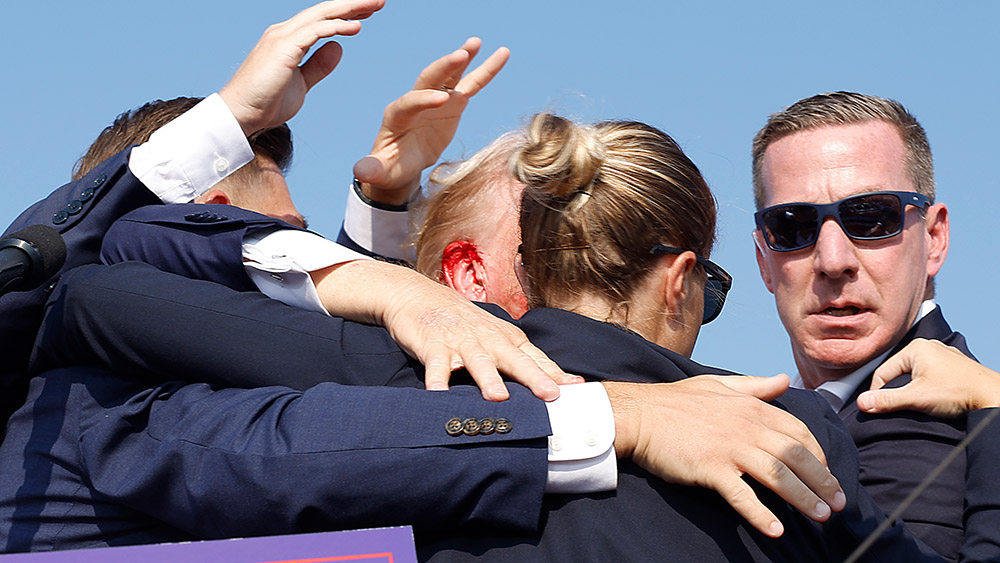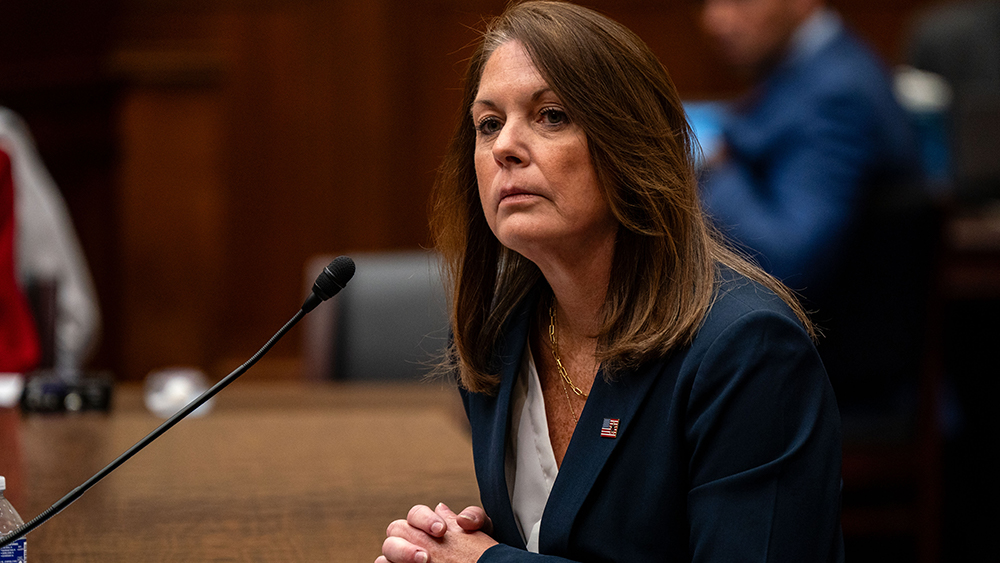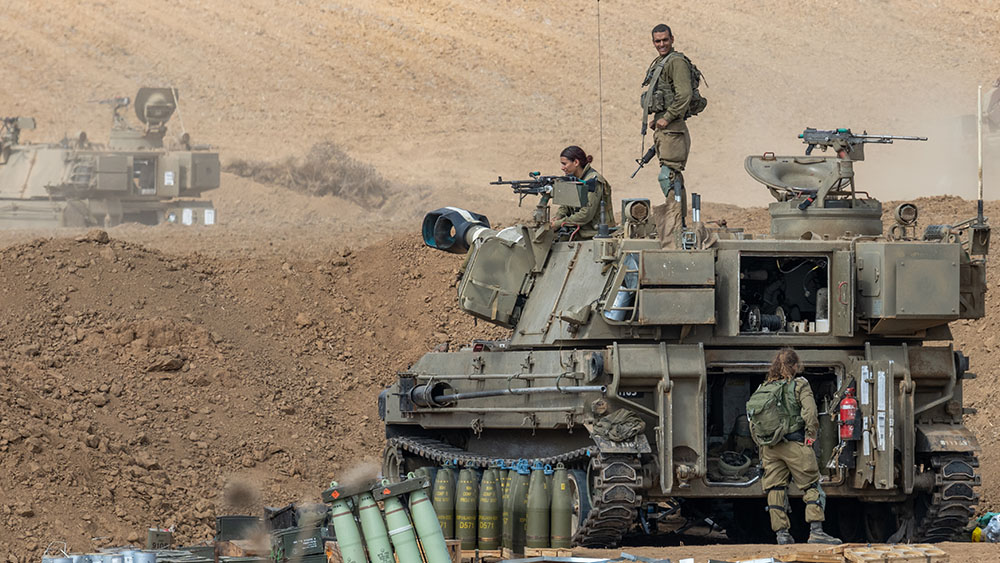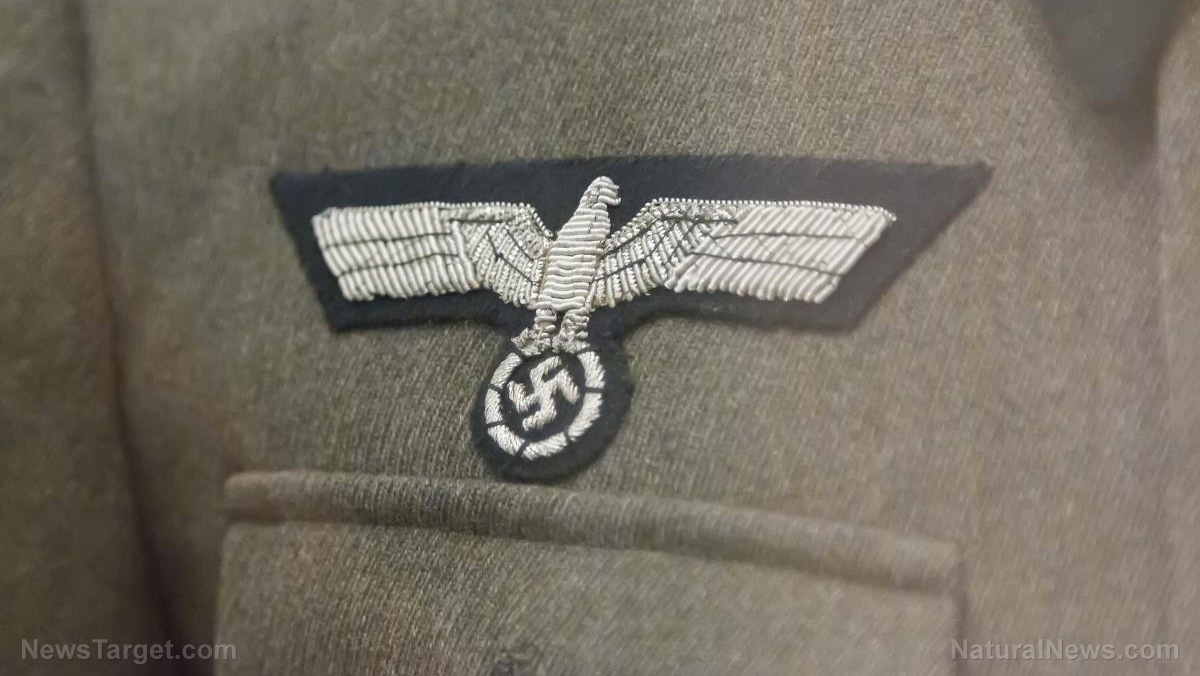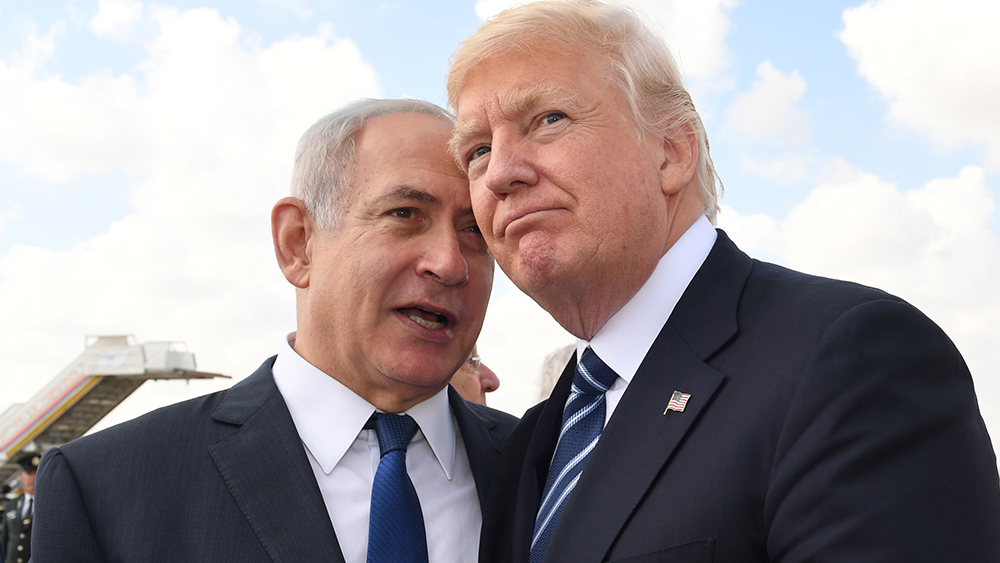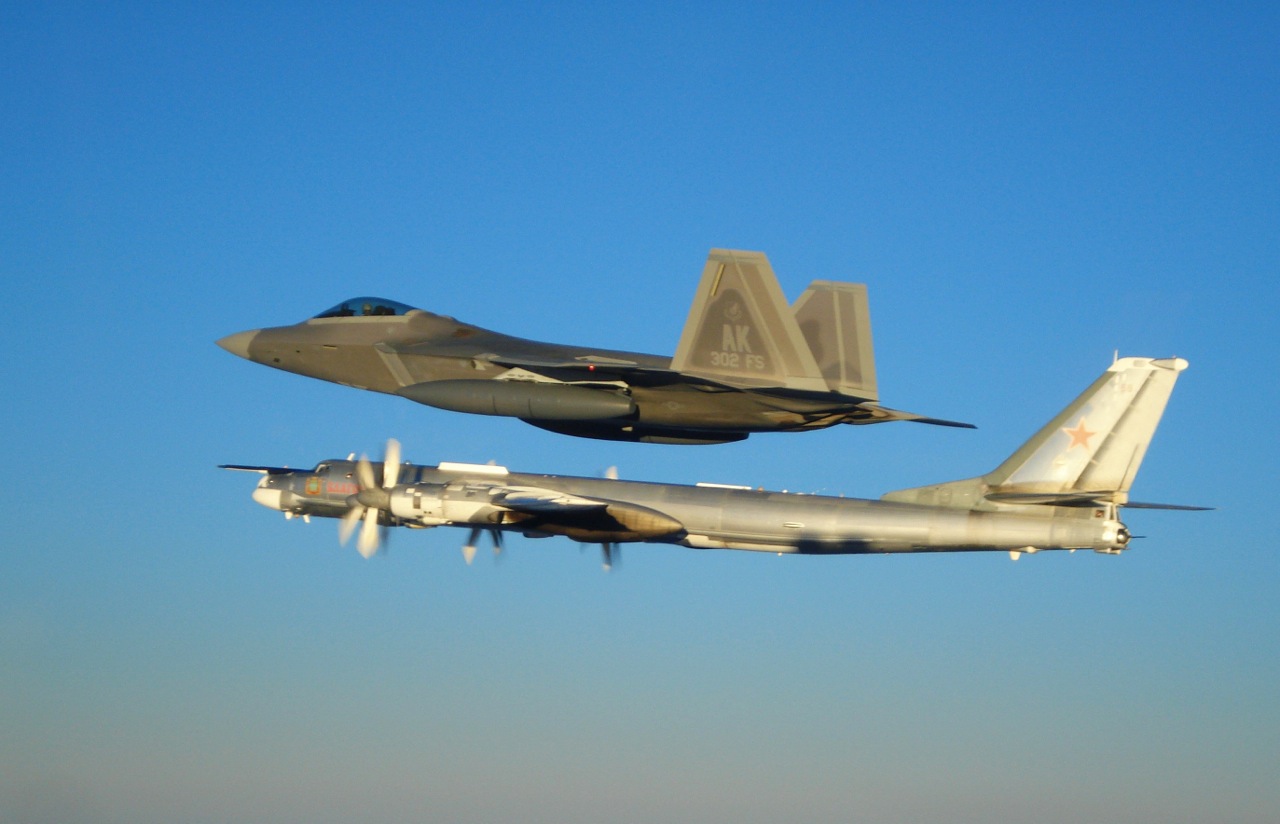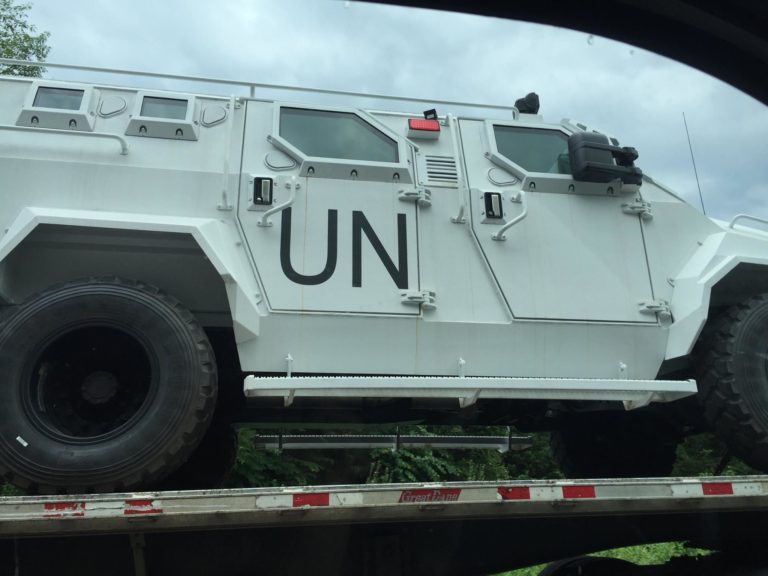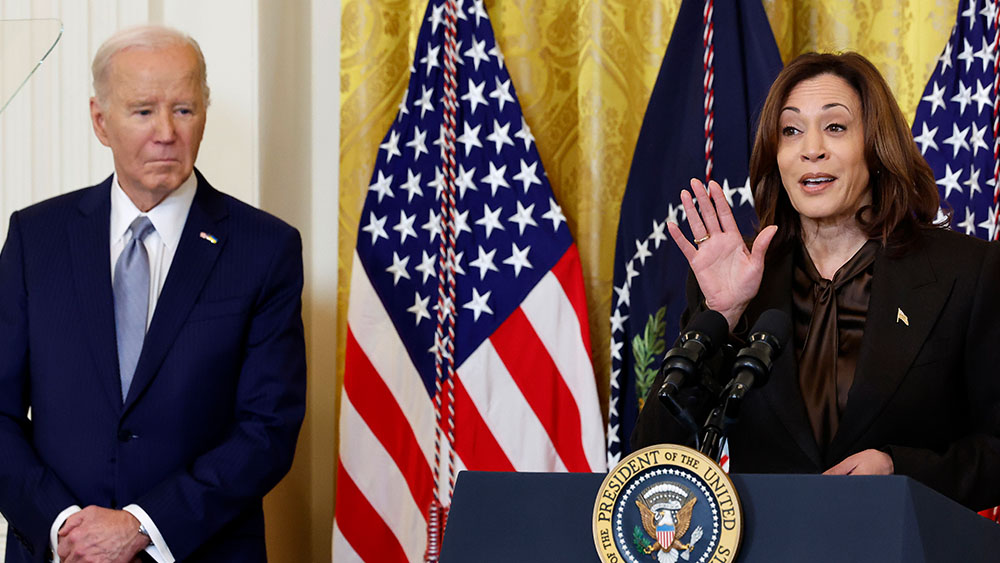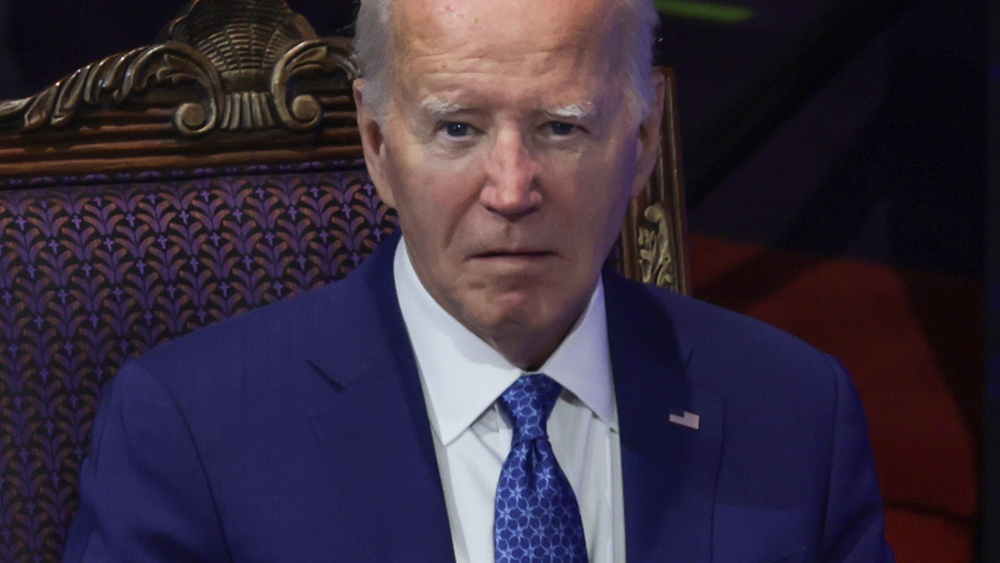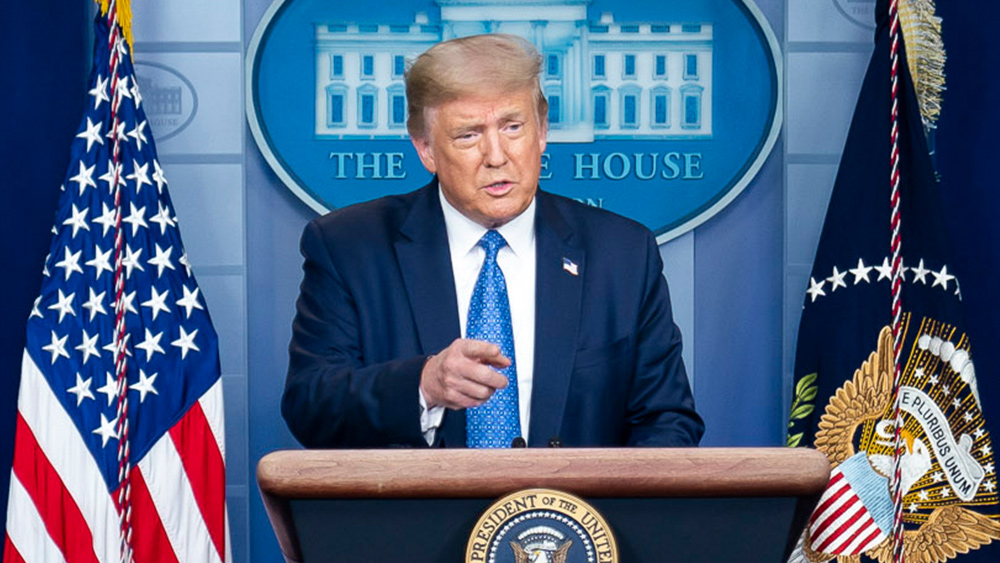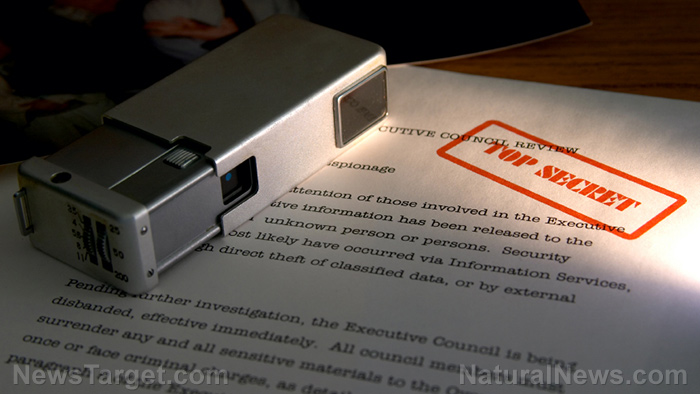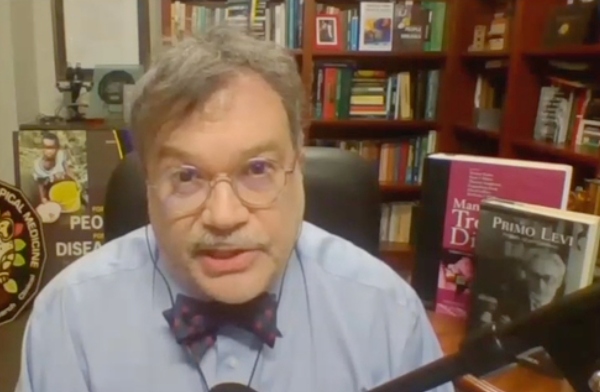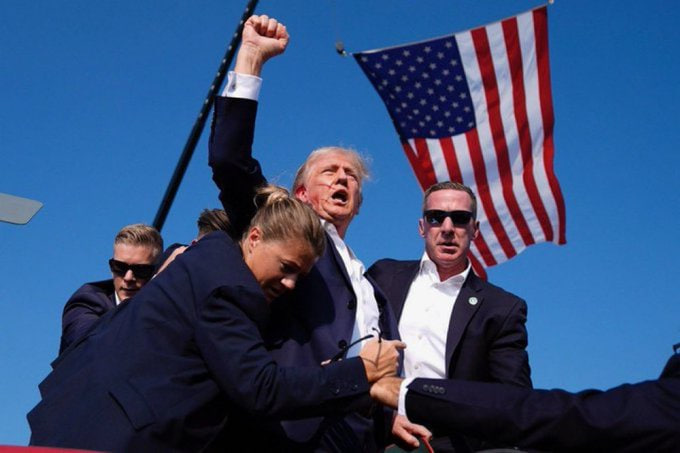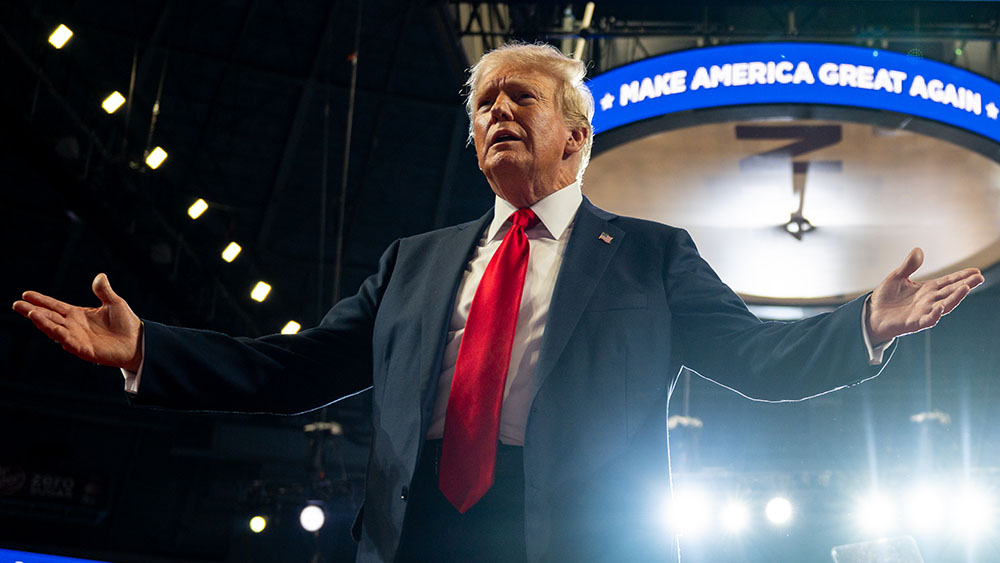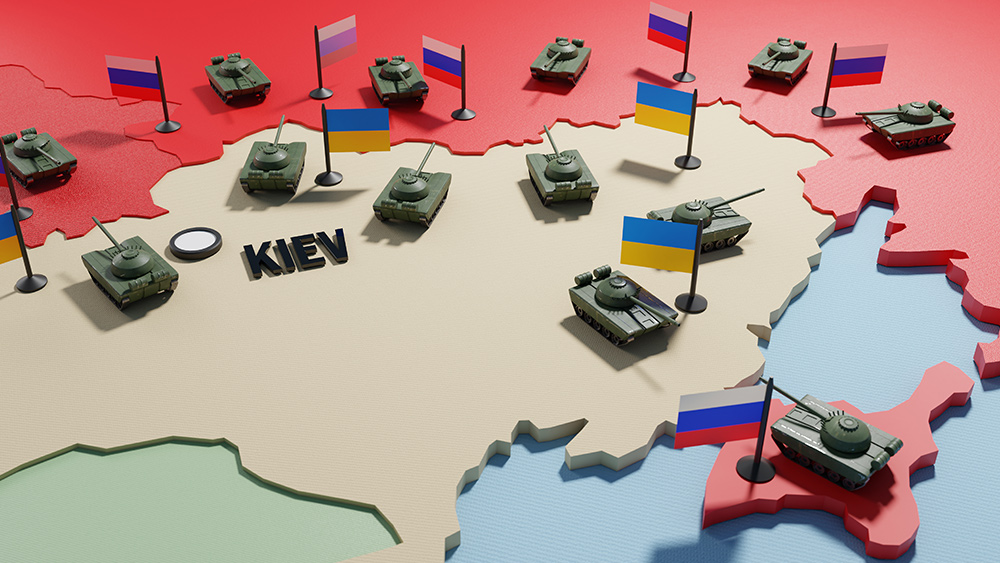European Union mulls INDEFINITELY freezing stolen Russian assets amid U.S. pressure
07/26/2024 / By Richard Brown
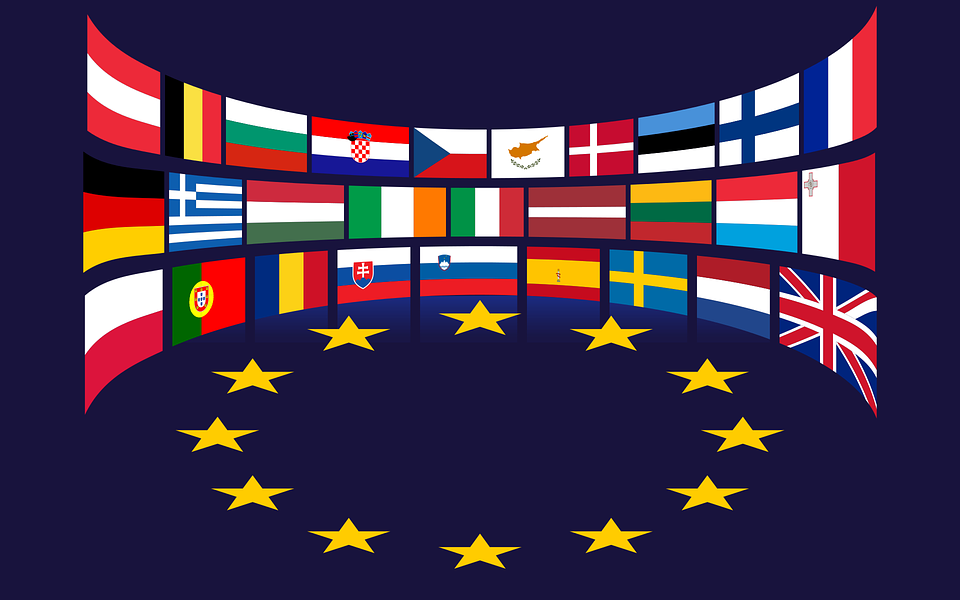
The European Union is considering indefinitely freezing seized Russian assets to allay concerns from the United States regarding the repayment of a $50 billion loan to Ukraine, as reported by the Financial Times on Wednesday, citing internal documents.
Since the onset of the Ukraine conflict in late February 2022, the EU has frozen more than 200 billion euros ($217 billion) worth of assets owned by the Central Bank of the Russian Federation but were currently being held in financial institutions within the European Union. Moscow has vehemently condemned this action as a brazen theft of its financial properties.
While Western nations have grappled with legal hurdles preventing outright confiscation of these funds to aid Ukraine, the EU has formulated a plan. This plan proposes utilizing the interest generated by the frozen assets to establish a fund for procuring weapons for Kyiv, while leaving the main assets themselves untouched. Current estimates suggest that the annual sum for this fund is approximately three billion euros ($3.26 billion).
EU High Representative for Foreign Affairs and Security Policy Josep Borrell recently announced that the first installment of around 1.4 billion euros ($1.52 billion) taken from the interest from the frozen Russian assets will be disbursed to Kyiv sometime in early August. (Related: Russia promises a response to the West’s “theft” of its assets as EU plans to send interest earned on Russian funds to Ukraine.)
To address concerns from the U.S. about the loan repayment, given the EU’s practice of renewing sanctions against Moscow every six months, 27 EU ambassadors are slated to convene to discuss a proposal for the “open-ended immobilization of Central Bank of Russia assets.” This proposal aims to provide maximum predictability to G7 partners regarding the conditions under which the loan to Ukraine would be repaid.
A report from the Financial Times highlighted that among the various options presented in the document, extending the renewal of sanctions from every six months to up to three years is one alternative. However, it emphasized that only the option of indefinite sanctions would fully satisfy Washington’s concerns.
“It’s difficult, but it’s the only route that gives certainty and is feasible,” said a source who spoke with the Financial Times.
Approval of this plan by all EU member states is crucial, but potential hurdles may arise, particularly as a small handful of EU member states would prefer if the bloc were less combative of Russia, particularly Hungary and, more recently, Slovakia, both of whom have raised objections to similar efforts by the Union.
Kremlin to pursue legal action over theft of frozen assets
In response to the EU’s intentions to utilize frozen Russian assets for purchasing weapons for Ukraine, Kremlin spokesperson Dmitry Peskov called it “theft,” and vowed that Moscow is exploring legal avenues to hold accountable those involved in the decision to use profits from frozen Russian assets.
Peskov stated, “Such thievish actions cannot remain without reciprocity,” asserting that the funds, derived from what Russia views as illegally seized assets, will be used to purchase weapons.
“This money is not only essentially stolen, but will also be spent on weapons,” continued Peskov. “Definitely, we will work out the possible legal prosecution of those people who are involved in decision-making and the implementation of these decisions, because this is a direct violation of international law, it is a violation of [Russia’s] property rights.”
Since the beginning of Russia’s special military operation in Ukraine in late February 2022, Western nations, led by the U.S., have imposed sanctions that have frozen approximately $300 billion in sovereign Russian Central Bank assets held abroad, primarily in Europe.
Along with the 1.4 billion euros the EU will be providing to Ukraine, fully funded by the profits from the frozen Russian assets, another one billion euros ($1.09 billion) from the interest generated by the assets will be made available to Kyiv by the end of 2024.
If the assets remain frozen, it is projected that the interest generated by them will raise between 15 to 20 billion euros ($16.3 to $21.7 billion) by 2027.
Watch this episode of the “Health Ranger Report” as Mike Adams, the Health Ranger, discusses how the Western world’s acquisition of frozen Russian assets will backfire.
This video is from the Health Ranger Report channel on Brighteon.com.
More related stories:
Tokyo to provide $3.3 billion loan to Kyiv using frozen Russian assets.
Saudi Arabia threatened to sell European debts if G7 confiscates Russian assets.
EU hastens DE-DOLLARIZATION by stealing Russian money and giving it to Ukraine.
EU and G7 nations to seize profits from frozen Russian assets and give them to corrupt Ukraine.
Sources include:
Submit a correction >>
Tagged Under:
big government, chaos, conspiracy, Dangerous, Dmitry Peskov, economic riot, economic warfare, EU, fascism, finance riot, frozen assets, insanity, Josep Borrell, money supply, national security, Russia, Russia-Ukraine war, sanctions, traitors, Ukraine, US, World War III
This article may contain statements that reflect the opinion of the author
RECENT NEWS & ARTICLES
COPYRIGHT © 2017 NATIONAL SECURITY NEWS


